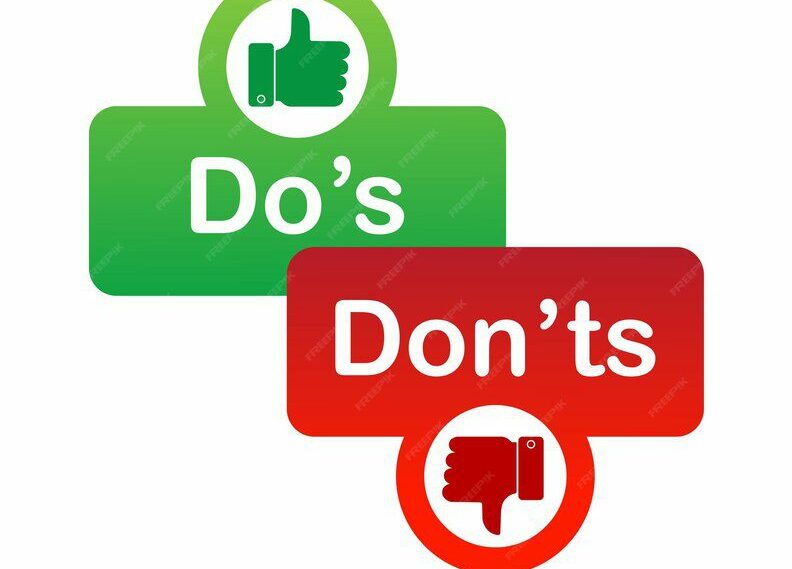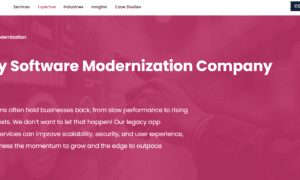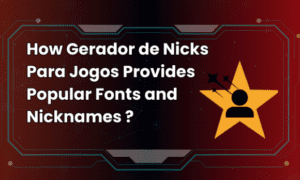If we asked you to close your eyes and list five slogans off the top of your head, you could likely do it in under a minute. You can probably even picture the exact branded logo slogan in the context of an ad, or product packaging. This is the power of a good slogan. They’re short, catchy, simple yet descriptive, and thus, very memorable.
What is a Slogan?
A slogan, also known as a tagline or strapline, is a catchphrase that communicates further information about your product, service, or brand. Slogans can either be clear representations of what you offer or used to evoke an emotion associated with your brand. For example, “Wedding Photographer” or “Just Do It.”
We see and hear slogans everywhere: in commercials, radio ads, packaging, digital ads, and sometimes in logos. If you’re designing a logo for your business and trying to figure out whether or not to include a slogan, there are a few things to consider. More often than not, a logo slogan can detract from the logo itself unless it’s done right. That’s why we decided to write this blog to explore the do’s and don’ts of using a logo slogan.
1. Do: Make Your Logo Slogan Descriptive or Emotive
The best slogans either tell you a little bit more about the product or service being offered or make you feel something. To decide, you may want to take a step back and assess what distinguishes your brand from your competitors and others in similar markets. Consider the purpose of your logo slogan. Is it to add additional information about what you do? Or is it to generate a feeling you want to be associated with your brand? Deciding this will help you pick the right words to use. You want to be careful not to be too descriptive. Logo slogans are meant to be a little mysterious and leave a person wanting more.
Examples:
- The Goldfish slogan “The Snack that Smiles Back” is both descriptive of the actual product and emotive. The implication is a joyful snacking experience, where both snacker and snack are smiling.
- Subway’s “Eat Fresh” slogan, while riddled with controversy, concisely describes the (questionably) healthy nature of subway sandwiches.
- Adidas’s slogan, “Impossible is Nothing,” evokes an emotional response of power and agency. The ability to overcome obstacles and face challenges is the message Adidas wants to associate with their brand.
- The L’Oreal slogan, “Because You’re Worth It,” implies that purchasing their products and using makeup is a way of almost treating yourself. It plays off of a core psychological principle of needing to be “worthy” or “enough” to validate doing something.
In recent years, many companies have moved from clear, descriptive slogans to much more esoteric ones that incite a feeling. For example, FedEx’s “the world on time” combines simplicity and conveying a prompt delivery promise. Experienced professionals from a well-known logo design company in Dubai find brief slogans more captivating and understandable.
2. Don’t: Make Your Logo Slogan Too Long
Great logo slogans are usually short, often consisting of four words or less, and grab attention with humor or some other creative hook. Short and memorable slogans, such as those of Nike and McDonald’s, are easier to recall. They don’t necessarily tell you anything about what the company does, but they evoke strong feelings. The practical aspect is that shorter slogans are just plain easier to work with. Three letters can easily fit underneath a logo without detracting from the logo design.
Examples:
- McDonald’s: “I’m Lovin’ It”
- Nike: “Just Do It”
3. Do: Consider Alternative Placements for Your Slogan
If your logo slogan just isn’t working out, don’t worry! There are plenty of opportunities to use your slogan that aren’t directly in your logo. Alternative placements include your website’s navigation bar or footer, business cards, printed marketing materials like flyers, posters, and coupons, retail storefront, voicemail, company clothing, digital ads, company jingle, and company promotional items like notebooks, pens, and water bottles. Placing the slogan strategically can leave a stronger impression.
Example:
- Apple, a company known for minimalist branding, uses the slogan “Think Different” in its marketing and promotional materials, even though it’s not part of the logo.
4. Do: Be Cautious with Font Pairings
Choosing a font for your logo slogan is a critical step. You’ll want to make sure you’re using the right font pairings so you don’t overcomplicate the look of the logo. Opt for a simple and legible font for the slogan. Avoid elaborate script fonts and stick with sans-serifs or serif fonts instead. Keep the same font family for both your company name and slogan but reduce the weight of the slogan to create visual hierarchy.
5. Don’t: Include a Slogan Just for the Sake of It
Ensure your slogan serves a clear purpose, such as clarifying a vague brand name or emphasizing your core values. Ideally, a slogan should age with the brand and not require frequent changes. Avoid contextualizing it with current trends or news, as this may lead to unnecessary modifications.
Examples:
- Campbell’s Soup changed its slogan from “Soup is good food” to “Mmm! Mmm! Good!” to shift emphasis away from health due to an FDA controversy.
- TD Bank transitioned from “Banking can be this comfortable” to “Ready for you” to align with its evolving target market and instill confidence in their customer’s financial futures.
Many really successful and recognizable brands like Starbucks, Lululemon, and Zara have opted to forego logo slogans successfully. If your brand doesn’t necessitate a slogan, it’s perfectly acceptable to omit one.
6. Keep It Timeless
To avoid frequent updates to your logo slogan, use simple language and steer clear of pop culture references and trendy phrases that can quickly feel outdated. Focus on communicating your brand personality, product, or evoking timeless emotions.
Conclusion
Adding a slogan to your logo can enhance brand messaging and emotion, but it should be done thoughtfully. Keep the slogan concise, explore alternative placements, choose fonts carefully, and ensure it serves a clear purpose. If your logo doesn’t truly require a slogan, it can stand strong on its own.



































